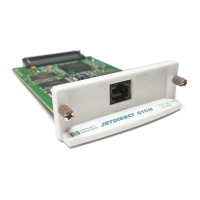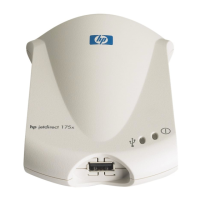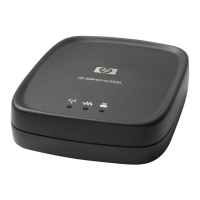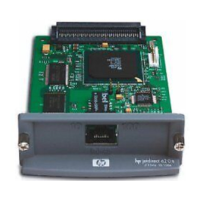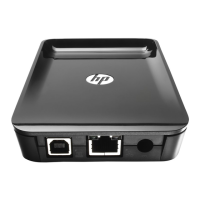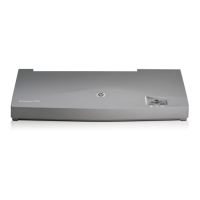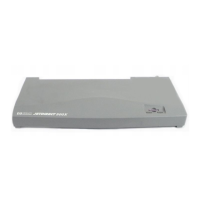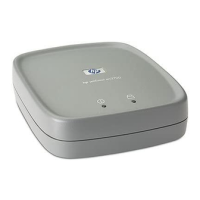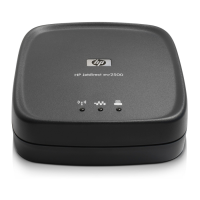B FTP Printing
FTP (File Transfer Protocol) is a basic TCP/IP connectivity utility to transfer data between systems. FTP
printing is a way to use FTP to send print files from a client system to an HP Jetdirect-connected printer.
In an FTP printing session, the client connects and sends a print file to the HP Jetdirect FTP server
which in turn passes the print file to the printer.
The HP Jetdirect FTP server can be enabled or disabled through a configuration tool, such as Telnet
(see
TCP/IP Configuration on page 17) or the embedded Web server (see Embedded Web Server (V.
36.xx) on page 61).
Requirements
FTP printing described here requires the following:
●
TCP/IPv4 client systems with FTP that complies with RFC 959.
NOTE: For the most recent list of tested systems, visit HP online support at http://www.hp.com/
support/net_printing.
Print Files
The HP Jetdirect FTP server transfers print files to the printer but does not interpret them. For proper
printing, print files must be in a language recognized by the printer (such as PostScript, PCL, or
unformatted text). For formatted print jobs, you must first print to a file from your application using the
driver for the selected printer, then transfer the print file to the printer through an FTP session. For
formatted print files, use binary (image) type transfers.
Using FTP Printing
FTP Connections
Similar to standard FTP file transfers, FTP printing uses two TCP connections: a control connection and
a data connection.
Once an FTP session is opened, it remains active until either the client closes the connection or the
data and control connections are idle for a time that exceeds the idle timeout period (default is 270
seconds). The idle timeout can be set through various TCP/IP configuration tools, such as BOOTP/
TFTP, Telnet, printer's control panel (see
TCP/IP Configuration on page 17), the embedded Web server
(see
Embedded Web Server (V.36.xx) on page 61), or management software.
Control Connection
ENWW Requirements 165
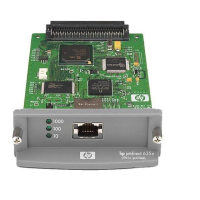
